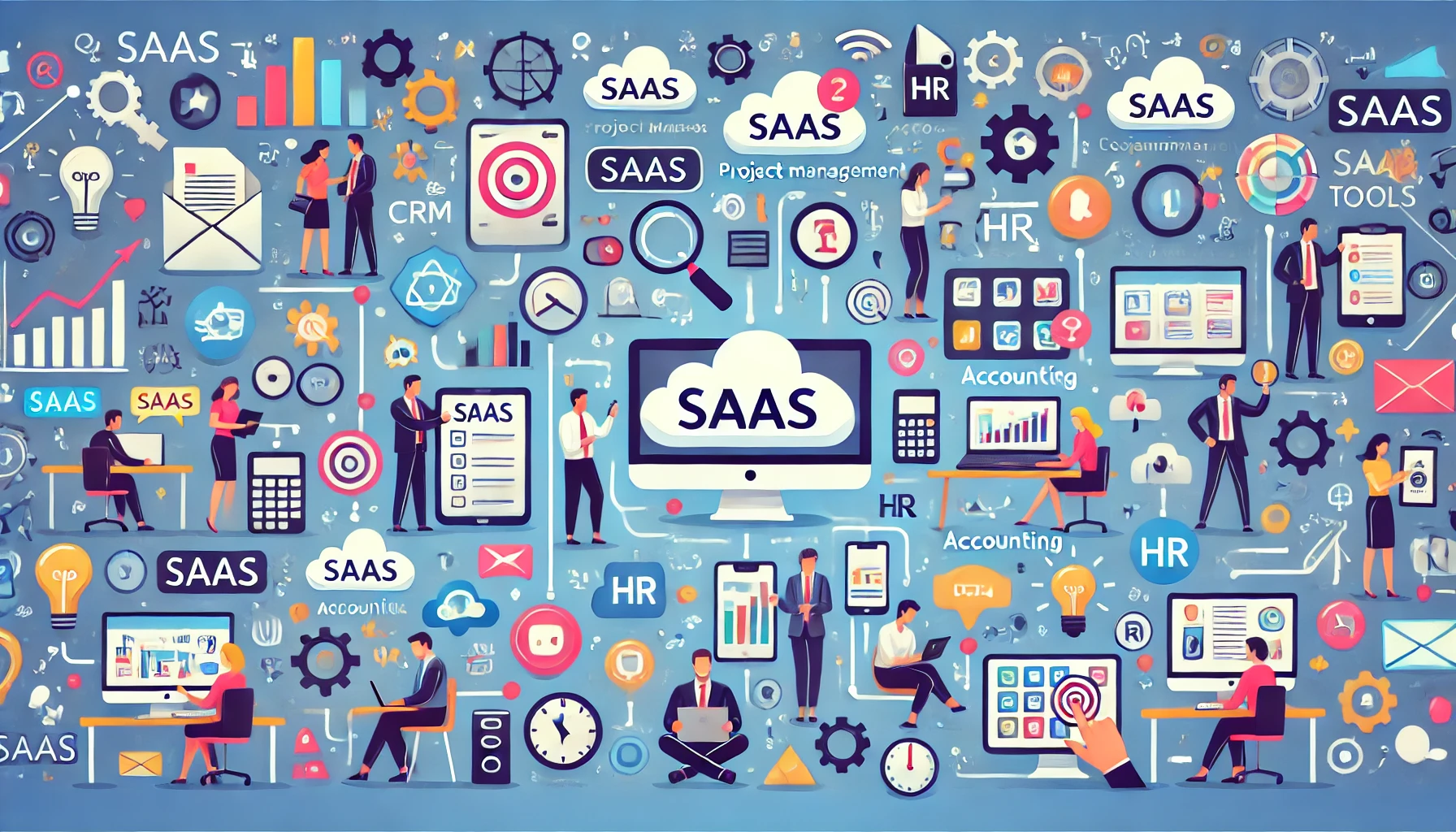In the modern digital landscape, Software as a Service (SaaS) tools have become a cornerstone for businesses and individuals alike. But what exactly are SaaS tools, and why have they gained such popularity?
Understanding SaaS
SaaS stands for Software as a Service. It’s a software distribution model in which applications are hosted by a third-party provider and made available to customers over the internet. Unlike traditional software, which requires installation on individual machines, SaaS tools can be accessed via a web browser, eliminating the need for complex installations and reducing the burden on local hardware.
Key Characteristics of SaaS Tools
- Accessibility: Since SaaS applications are web-based, they can be accessed from any device with an internet connection. This flexibility is particularly beneficial for remote work and on-the-go productivity.
- Scalability: SaaS tools can easily scale to meet the needs of businesses of all sizes. Whether you’re a startup or a large enterprise, you can adjust your subscription and usage according to your requirements.
- Cost-Effective: With SaaS, there’s no need for hefty upfront investments in hardware or software. Instead, users typically pay a subscription fee, which can be monthly or annually. This model helps manage budgets more effectively and reduces the financial risk associated with software deployment.
- Automatic Updates: SaaS providers handle all software updates and maintenance. Users benefit from the latest features and security patches without any additional effort or cost.
- Integration and Collaboration: Many SaaS tools are designed to integrate seamlessly with other software and platforms, enhancing productivity and fostering collaboration across teams.
Popular SaaS Tools
SaaS tools span a wide range of functionalities, catering to various business needs. Here are some popular categories:
- Customer Relationship Management (CRM): Tools like Salesforce and HubSpot help businesses manage customer interactions, track sales, and streamline marketing efforts.
- Project Management: Platforms such as Asana, Trello, and Monday.com facilitate project planning, task assignment, and team collaboration.
- Communication and Collaboration: Services like Slack, Zoom, and Microsoft Teams provide robust communication channels and collaborative features for teams working together remotely.
- Accounting and Finance: Software like QuickBooks and Xero offers comprehensive solutions for managing finances, invoicing, and payroll.
- Human Resources (HR): Tools like BambooHR and Workday assist in managing employee information, recruitment, and performance evaluations.
Benefits of Using SaaS Tools
- Enhanced Efficiency: By automating repetitive tasks and providing streamlined workflows, SaaS tools help increase productivity and efficiency.
- Reduced IT Burden: With SaaS, the responsibility of managing and maintaining software lies with the provider, freeing up internal IT resources for other critical tasks.
- Improved Security: Reputable SaaS providers invest heavily in security measures to protect user data, offering a level of protection that might be challenging for individual businesses to achieve on their own.
- Real-Time Data and Analytics: Many SaaS applications provide real-time data and analytics, enabling businesses to make informed decisions based on current information.
Conclusion
SaaS tools have revolutionized the way we work and manage business operations. Their accessibility, scalability, and cost-effectiveness make them an attractive choice for organizations looking to stay competitive in an increasingly digital world. As technology continues to evolve, we can expect SaaS tools to become even more integral to business success, offering innovative solutions to meet ever-changing needs.
FAQ
1. What are SaaS tools?
Answer: SaaS tools, or Software as a Service tools, are cloud-based applications that provide software solutions over the internet. Instead of installing and maintaining software on individual computers, users can access these tools via a web browser.
2. What are some common examples of SaaS tools?
Answer: Common examples of SaaS tools include Google Workspace, Microsoft Office 365, Salesforce, Slack, and Zoom. These tools offer services ranging from productivity and collaboration to customer relationship management and video conferencing.
3. What are the benefits of using SaaS tools?
Answer: The benefits of using SaaS tools include cost savings, scalability, accessibility from any device with internet, automatic updates, and reduced need for in-house IT infrastructure.
4. How do SaaS tools differ from traditional software?
Answer: Unlike traditional software that requires installation on local machines, SaaS tools are hosted on the provider’s servers and accessed online. This model offers greater flexibility and lower upfront costs.
5. Are SaaS tools secure?
Answer: SaaS providers typically invest in robust security measures to protect user data, including encryption, regular security updates, and compliance with industry standards. However, it’s important for users to follow best practices in data security as well.
6. How do I choose the right SaaS tool for my business?
Answer: To choose the right SaaS tool, assess your business needs, budget, and the features offered by different tools. Consider factors like ease of use, integration capabilities with existing systems, customer support, and user reviews.


